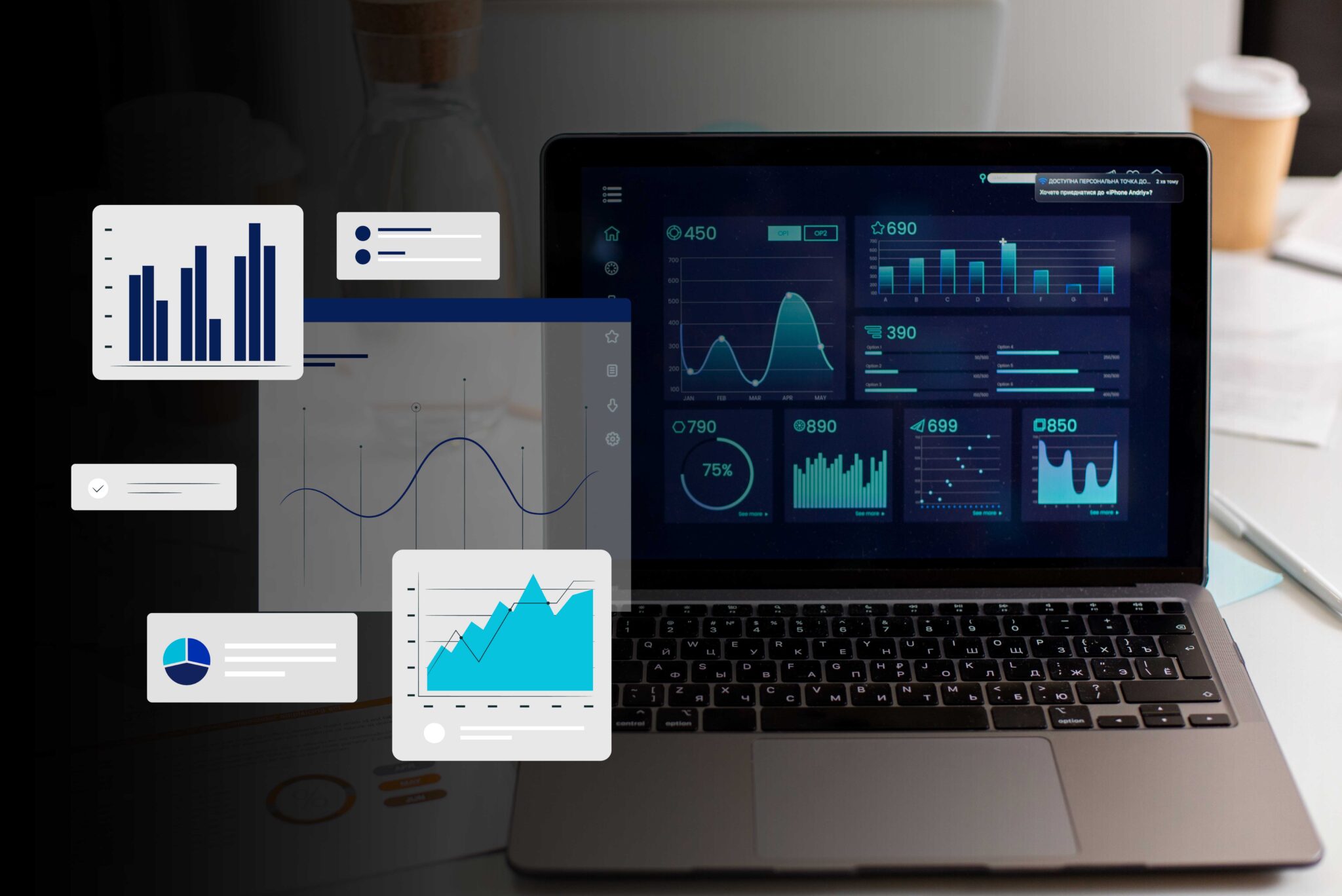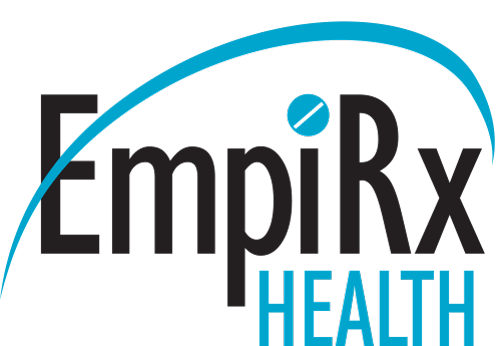Introduction
Modern businesses cannot survive without the support of data. It is data only that gives you informed decision making capability. Data can effectively increase your business growth. But low-quality data cannot help you in any sector. Infact you may face challenges due to poor-quality data. Data aggregation ensures you improved data security, accuracy and reliability. So let us know in detail about what validation is and how you can do data validation for your data after aggregation.
What is Data Validation ?
Before you understand the steps for the top-class data validation, first you must understand what data validation is. The process to ensure that data you have is useful and correct is called data validation. There are many steps included in this process that cleanse your data to provide high quality and reliable results. Data validation is one of the most important steps that makes your data useful for your business. Only high-quality data can provide the exact power to make informed decisions.

How to Validate the Data After Aggregation ?
Below find some easy but important steps to validate your business data after aggregation:
1. Define Your Validation Criteria
The first step to validate your data after aggregating it is to identify and implement its clear criteria. Don’t forget to consider important factors to add to them. Some of such factors are accuracy, consistency, timeline, and completeness. This will strongly support your validation process and deliver desired results.
2. Perform Data Cleansing
During aggregation data is brought together from different sources. The diversity of the data sources may affect inconsistencies and mistakes. By performing data cleansing step, you can successfully remove duplicate files and other mistakes. With this step your data validation becomes fast and accurate.
3. Check for Data Completeness
Check for the gaps and missing values in your aggregated data. Also enquire if all the required fields are filled in. Make sure that each entry has all the essential information with them.
4. Verify Data Accuracy
If you want to check your data quality, then check for accuracy. Use only reliable sources for testing your data accuracy. Also check for the alignment of related aspects of your aggregated data.
5. Cross-reference Data
Cross-reference data means comparing your data against its external sources. You need to compare it with your previous datasets as well. This strategy of comparison verifies that your data has an additional layer of validation.
6. Ensure Data Consistency
The consistent data means you have standardized format, and your data quality is also uniform. Having inconsistent data in your format may impact mistakes in analysis. That may also cause big risks to your business growth. Also, you may lose your customer’s trust and interest in your service. So, make sure that you have the consistency of your data.
7. Validate Data Timely
You are doing your data validation but if it is not on exact time then there is no meaning whatever you are doing. So, validate data timeliness to improve on making informed decisions. Also, it will upgrade your data performance. You must be aware that data performance is one of the most important elements for your business success.
8. Utilize Data Validation Tools
If you want to simplify your data validation process, then you require advanced tech support. Try some of the best validation tools from the market and save your time and effort. These tools will also help you with auto-checking and providing accurate, consistent and complete data. But don’t forget to check the compatibility of tools you are choosing with your task. Spending too much on a tool with non-useful and complicated features will affect your budget only. Also compromising with compatibility and selecting a cheaper one will also not work. Select a tool that fits in your budget and fulfills your purpose.
9. Run Data Validation Tests
Data validation test is an important step that tells you about running queries, statics and calculations. Also, it resolves the issue if founds any abnormalities. The constant running of these tests and the documentation of your validation ensures that your data is flawless and reliable.
10. Document Your Validation Process
Transparency and accountability of your document is important. You need to prepare and maintain proper records of all tests that you perform. Proper documenting gives you future tracking and auditing references as well.
11. Implement Validation Protocols
By implementing your data validation protocols you can easily ensure the validation protocols and schedules. Set weekly, monthly, or daily data validation as per your validation requirements.
12. Continuous Monitoring
Monitoring is a step that assures you that your process is on track. It also helps in finding any issue and fixit it in real-time. So, keep monitoring your data validation regularly.
The usage of good quality data reduces your efforts and expenses, also it serves desired results in real-time decision-making. In today’s competitive and challenging business world Data validation after data aggregation can effectively help you fight data challenges and get high-quality data for your further usage. If the quality of your data is good and reliable then no one can stop, you from approaching success.
Conclusion
Data validation after data aggregation is known as a difficult task. But you can do it effortlessly by following the above-mentioned ways. These are easy to implement and serve best results. So, validate your data after aggregation and enjoy the most suitable results to proceed towards your business goals. Are you wondering for the most reliable and efficient data validation solution after data aggregation? Request a free demo today and enjoy the most powerful data-driven decision-making abilities.





























